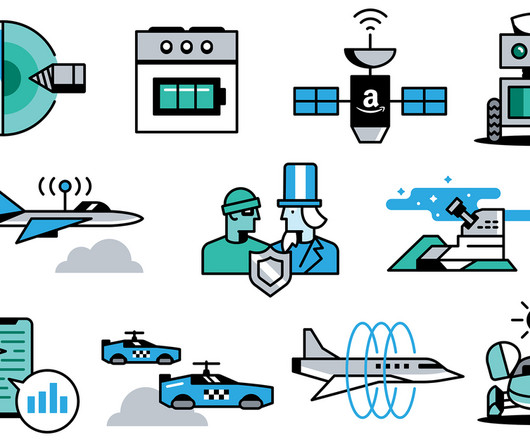MIT and IEA reports take different views of the future of natural gas in transportation
Green Car Congress
JUNE 10, 2011
MIT and the IEA both have newly released reports exploring the potential for and impact of a major expansion in global usage of natural gas, given the current re-evaluation of global supplies. The IEA takes a more conventional approach, assessing the impact on the penetration of vehicles burning gas as their fuel. Earlier post.)












Let's personalize your content